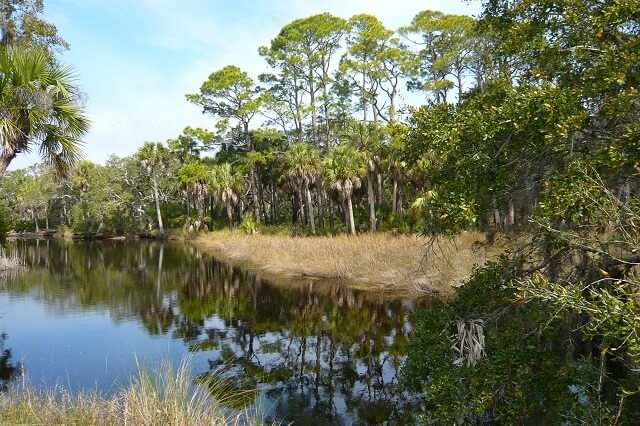Last Updated on April 23, 2013
There are few experiences in Florida that will ever compare to the St. Vincent National Wildlife Refuge. There are no bridges and you can only get there by boat. Be sure to add this to your authentic Florida bucket list.

Visiting St. Vincent National Wildlife Refuge
Have you ever seen a true, wild Florida island? We had never witnessed one quite this pristine, ever…and found it to be a profound “real Florida” experience.
Where is St. Vincent National Wildlife Refuge?
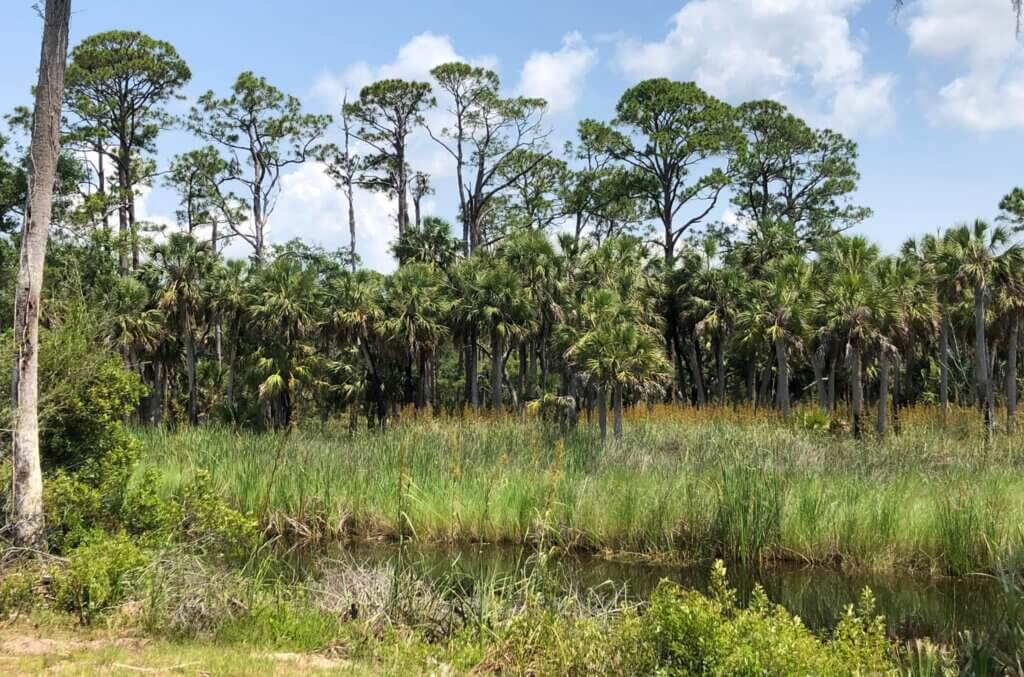
The St. Vincent National Wildlife Refuge is located in northwest Florida, near the mouth of the Apalachicola River.
Twenty-two miles southwest of Apalachicola and at the end of Country Road 30-B, you’ll find Indian Pass, one of the launching points to the St. Vincent Refuge.
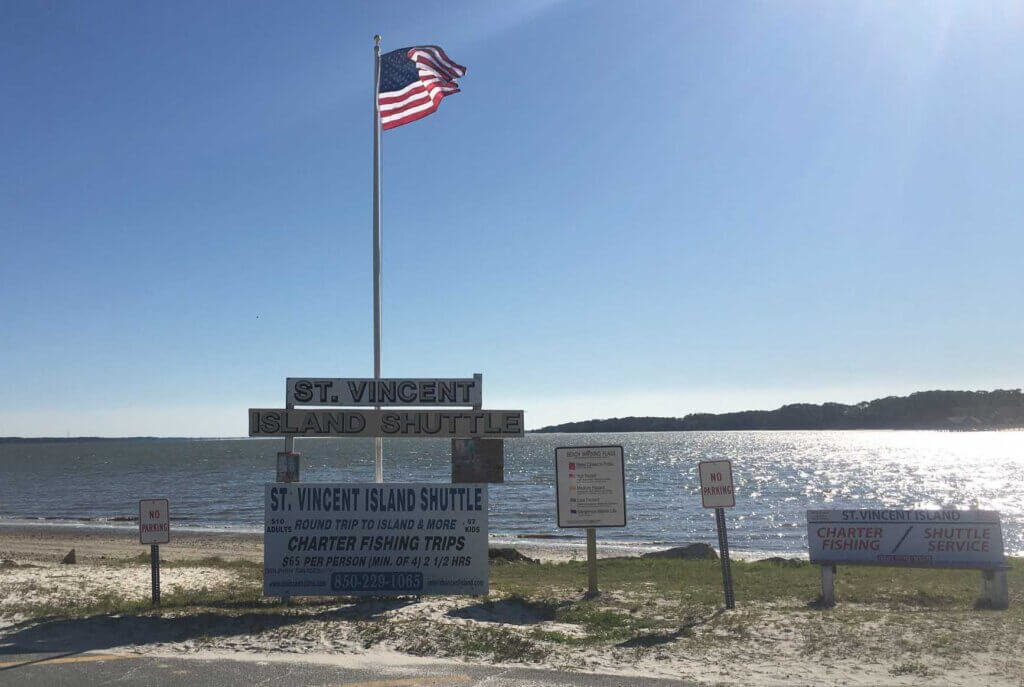
If you don’t have an available boat or kayak, the St. Vincent Island Shuttle will take you 1/4 mile across the pass. This is a private service, so be sure to call ahead and make a reservation.
Also, other local captains are available for hire by calling the Apalachicola Chamber of Commerce.
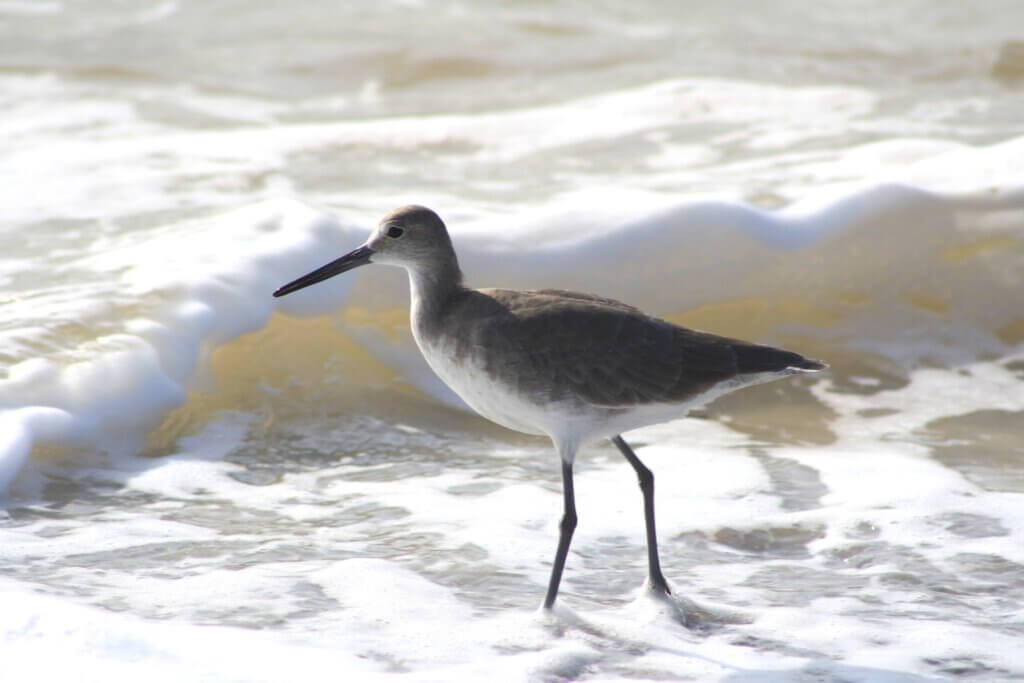
St. Vincent Island is one of the largest northern Gulf Coast barrier islands, operated by the U.S. National Wildlife Refuge System. Shaped like a triangle, the island is nine miles long and four miles wide at the west end, narrowing to a tip at Indian Pass.
History of the Island

The island has an intriguing history of hunting, cattle, and logging interests, but in 1968 it became primarily a shelter for waterfowl – wood ducks and migratory blue-winged teal.
Since then, the island has taken on increased environmental significance. In addition to being a protected area for endangered and threatened wildlife, it’s a safe harbor for migratory birds.
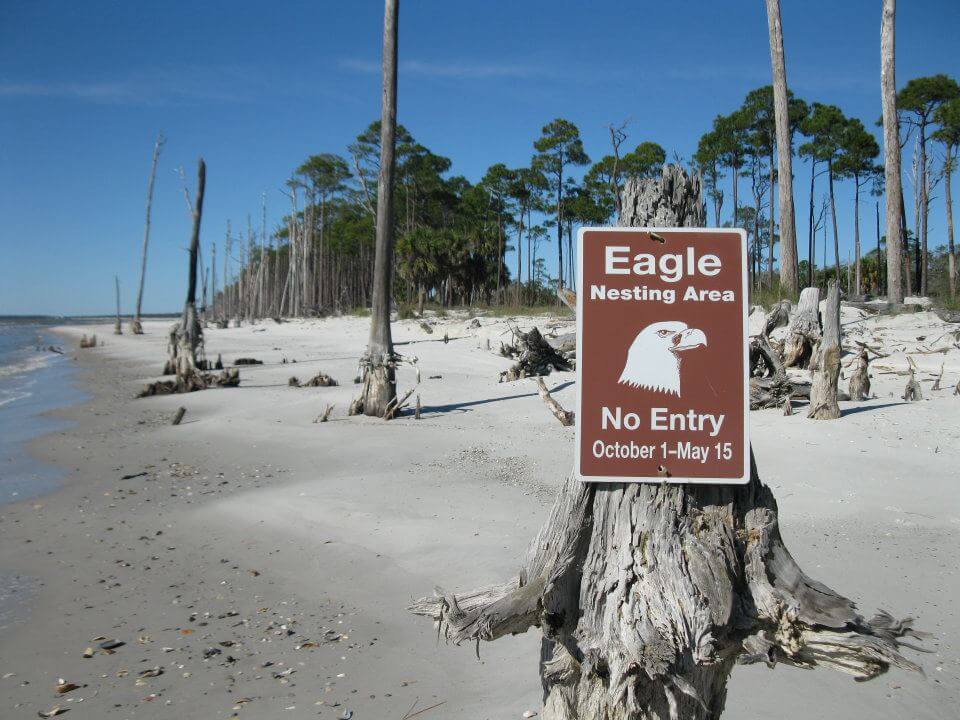
With over 240 bird species, the island serves as a habitat for many birds and rookeries thrive with great egrets, snowy egrets, tri-colored, and little blue herons.
What animals can you see at St. Vincent National Wildlife Refuge?
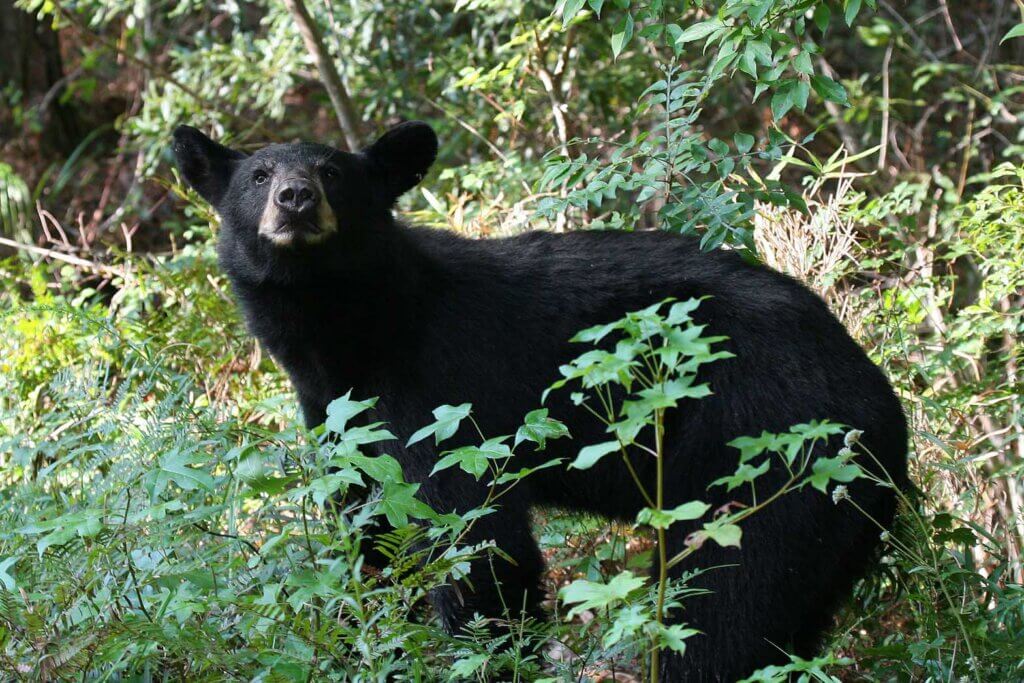
St. Vincent is home to a wide variety of animals – and the shortlist includes bald eagles, sea turtles, indigo snakes, pygmy, and eastern diamondback rattlesnakes, gopher tortoises, colonial bats, alligators, Wood Storks, American Oyster Catchers, and Snowy Plovers.
White-tailed deer also populate the island as do red wolves (reestablished). Imported from years ago – the (elk-like) Asian Sambar deer also populate the island.

Additionally, there are over 12,000 acres of protected tidal marshes, freshwater lakes and springs, sand dunes, mixed hardwoods, scrub oaks, cabbage palms, and pine communities co-existing on the island.
Our Discoveries
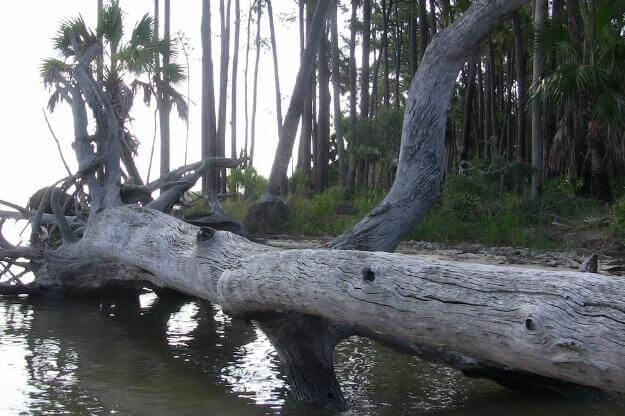
We kayaked the northern side of the island up the coastline which runs nine miles. Fallen palm and pine trees were lying on the sand or submerged in shallow water.
The thick vegetation had a jungle-like effect. It was both stunning and breathtaking. In the hidden bayous, alligators were floating in the brackish water.

American Oyster Catchers were feeding on oyster beds. It was an authentic Florida dream come true.
It’s a great place to catch speckled trout.
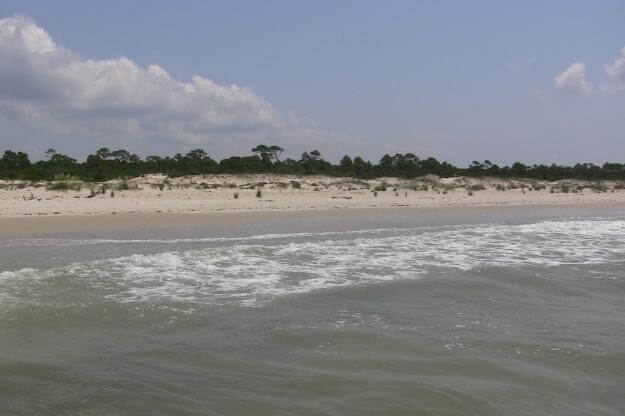
We hiked to the beach near the westernmost point, carefully avoiding the protected bird area.
When we reached the Gulf side, our jaws dropped while looking at fourteen miles of untouched beach with not a human in sight.
Scrubby sand dunes and the nearby protected area for Snowy Plovers reminded us that we needed to be careful and respectful of this habitat.
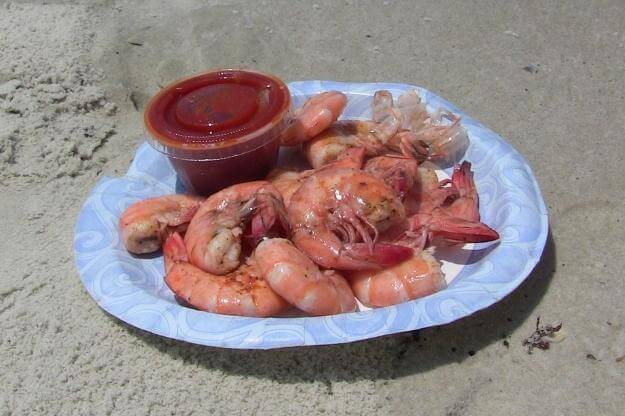
We sat in awe while we ate the steamed shrimp we had purchased from 13 Mile Seafood in Apalachicola. Lunch, cold drinks, a swim in the Gulf … it was absolute Florida bliss.

On St. Vincent Island, there are 80 miles of hiking trails, and wildlife observation is permitted along the refuge roads. Be forewarned, this island is not for sissies.
Bring bug repellant. Tours are in October and May. Call ahead to find out if the island is open, as sometimes they are doing some controlled burning and prohibit visitors.
Book a Charter

For a special tour of the island, consider going with Bay View Charters of St. George Island with Captain Wes McCall.
Leaving from St. George Island, the trip to St. Vincent Island (and Little St. George Island) is likely to be one of the few times in Florida where you can walk a wide-open beach without crowds (you are usually the only ones there).
Stroll miles of beautiful beach surrounded by white sand dunes where you can collect shells, and driftwood. You can also identify animal tracks and bird watch.

After a delightful visit to both islands, enjoy some dolphin watching on your return trip to St. George Island.
St. Vincent National Wildlife Refuge is such an incredible destination. We hope you are one of the lucky ones to be able to experience it.
Don’t miss our article on Apalachicola: Getaway to Authentic Apalachicola
Looking for more to do in Florida?

